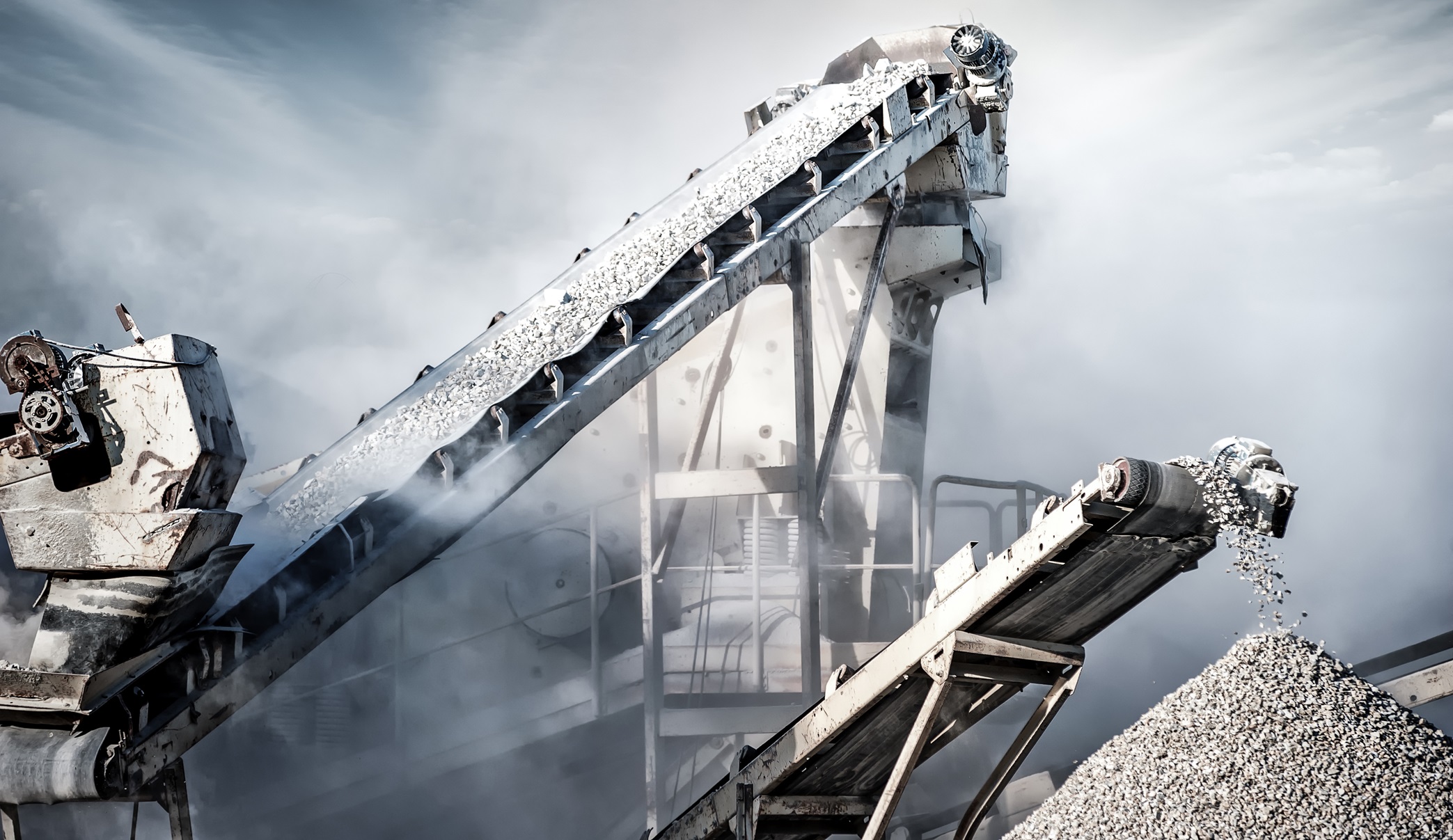
Concrete and cement are the world's most used building materials. They are vital to the built environment for homes, offices, and infrastructure but account for around 7% of global CO2 emissions. With the launch of the GCCA's Concrete Future 2050 Net Zero Roadmap, the sector became the first heavy industry to set out a clear commitment and plan to decarbonise.
Tracking progress towards net zero is an essential part of the Roadmap. The Green Cement Technology Tracker was launched last year by the Global Cement and Concrete Association (GCCA) and Leadership Group for Industry Transition (LeadIT). It monitors the global use of technologies that will help the industry decarbonise and will provide transparency and useful data to the industry, policymakers, academics and the public.

Now, the tracker has been expanded to include clay calcination kilns. Calcined clay, also known as metakaolin, can be used in the making of cement and can help to make significant CO2 reductions, due to the lower amount of energy the manufacturing process needs.
Per Andersson, Head of the Secretariat – LeadIT, said: "In order to empower the industry and policymakers committed to emission reductions, our goal is to provide comprehensive tracking of public announcements of investments in low-carbon cement technologies."
The GCCA's Cement, Innovation and ESG Director, Claude Loréa, said: "Driving down emissions requires investment in new technologies and production methods and incorporating calcined clay can contribute significantly, making it a valuable strategy for sustainable construction." The GCCA's Roadmap estimates that using calcined clays instead of limestone in cement production can reduce emissions by 11%.
Karen Scrivener is a Professor and Director of the Laboratory of Construction Materials at Ecole Polytechnique Fédérale de Lausanne (EPFL) in Switzerland and an inventor of the calcined clay cement technology. She is also a member of the Council of Engineers for the Energy Transition (CEET) and UN SDG 10-Member Group to advise the United Nations Secretary-General. She said: "Ultimately, we're constrained by the materials we have on earth. There's no overnight replacement for cement. However, the development of calcined clays, which are widely available, offers the world an exciting opportunity to reduce CO2 emissions in cement production."
The tracker's scope has expanded to include monitoring the development of two of the newest technologies helping decarbonise cement plants: CCUS and calcined clays.













